Sylvia Plath ( October 27, 1932 – February 11, 1963) was one of the most renowned and influential poets, novelists, and short story writers of the 20th century. Born in Boston, Massachusetts, she studied at Smith College and Newnham College at the University of Cambridge before receiving acclaim as a poet and writer. She was married to fellow poet Ted Hughes from 1956 until they separated in September of 1962. They lived together in the United States and then the United Kingdom and had two children, Frieda and Nicholas. Plath was clinically depressed for most of her adult life. She died by suicide in 1963.
Plath is credited with advancing the genre of confessional poetry and is best known for her two published collections, The Colossus and Other Poems, and Ariel. She also wrote The Bell Jar, a semi-autobiographical novel published shortly before her death. In 1982, she won a posthumous Pulitzer Prize for The Collected Poems.
Line by Line Summary of Mirror by Sylvia Plath
‘Mirror’ is written in blank verse and is divided into two stanzas. In the first stanza the narrator is a mirror; in the second, it is a lake (which, like a mirror, also acts as a reflecting surface).
The narrator, that is the mirror, begins by saying that it is ‘silver’ and ‘exact’. Although in earlier times, mirrors were made of silver, the practice was discontinued as reflective coatings on glass became popular. The ‘silver’ in this case probably refers to the silver coating applied to the mirror to make it reflective.
By ‘exact’, the mirror implies that it is accurate in its portrayal of the things in front of it.
‘Preconceptions’ are ideas and opinions on a subject or issue that is made without knowing the complete details. Preconceptions often generate biases and prejudices that can greatly influence our decisions.
But the mirror in this poem does not posses any such preconceptions. It is completely unbiased.
Any object placed in front of the mirror is reflected in it. The reflection of the object appears to be inside the mirror. To an imaginative observer (such as Sylvia Plath), it may seem as if the object has been swallowed by the mirror. Hence the narrator says ‘Whatever I see, I swallow immediately’.
The mirror continues that it reflects anything ‘just as it is’. The reflection is precise and accurate. It provides an exact picture of the thing in front of it. Feelings can often influence how we perceive a certain object or person. Often such a perception may be inaccurate or untrue. But a mirror does not allow its reflections to be clouded by feelings such as love or dislike. Hence its reflections are ‘unmisted’ and dispassionate.
Many of us may not be perfectly happy with how we look in front of the mirror. Pimples, age lines and everything in between can sometimes be disconcerting. In our mind’s eye we may perceive ourselves to possess flawless skin and perfect visages (visage means face), but the truth is often revealed in front of the mirror, since it is completely unbiased and dispassionate. Thus to some the mirror may seem a little cruel.
The mirror clarifies that its impartial and dispassionate attitude should not be mistaken for cruelty. It is merely being truthful by showing things as they are.
In several cultural and religious belief systems it is considered impossible to lie in front of the eyes of god. In this respect, the poet compares the mirror to the eye of a little god.
With the term ‘four-cornered’ the poet Sylvia Plath also tells us that the mirror is rectangular in shape (Of course, there are plenty of four cornered shapes that may not be rectangular, such as rhombus, trapezium, any asymmetric quadrilateral, or even a shape with four curved sides; but since domestic mirrors do not usually come in those shapes, we have to assume that four-cornered in this case implies rectangular).
There is a wall opposite the mirror. Usually, there’s nothing between the mirror and the opposite wall. It is reflected by the mirror most of the time. It is as if the mirror is keenly gazing at the wall. It is as if the mirror is meditating on the opposite wall.
The wall is painted pink. Speckles in this case refer to small spots. Over time, as the wall has gathered dirt, small spots have developed on it.
The mirror has gazed upon the wall for a long time. The reflection of the wall has almost become a constant in the mirror’s life. It is as if the opposite wall has become a part of the its heart.
However there are times when things come between the mirror and the opposite wall. Whenever someone comes to look at himself/herself at the mirror or in the darkness of night, the mirror is not able to gaze at the wall. It is as if the wall occasionally disappears. Hence the narrator says ‘But it flickers’.
‘Faces and darkness’ repeatedly come between the mirror and the wall.
Continue Reading, Go to Page 2!
Some online learning platforms provide certifications, while others are designed to simply grow your skills in your personal and professional life. Including Masterclass and Coursera, here are our recommendations for the best online learning platforms you can sign up for today.
The 7 Best Online Learning Platforms of 2022
- Best Overall: Coursera
- Best for Niche Topics: Udemy
- Best for Creative Fields: Skillshare
- Best for Celebrity Lessons: MasterClass
- Best for STEM: EdX
- Best for Career Building: Udacity
- Best for Data Learning: Pluralsight
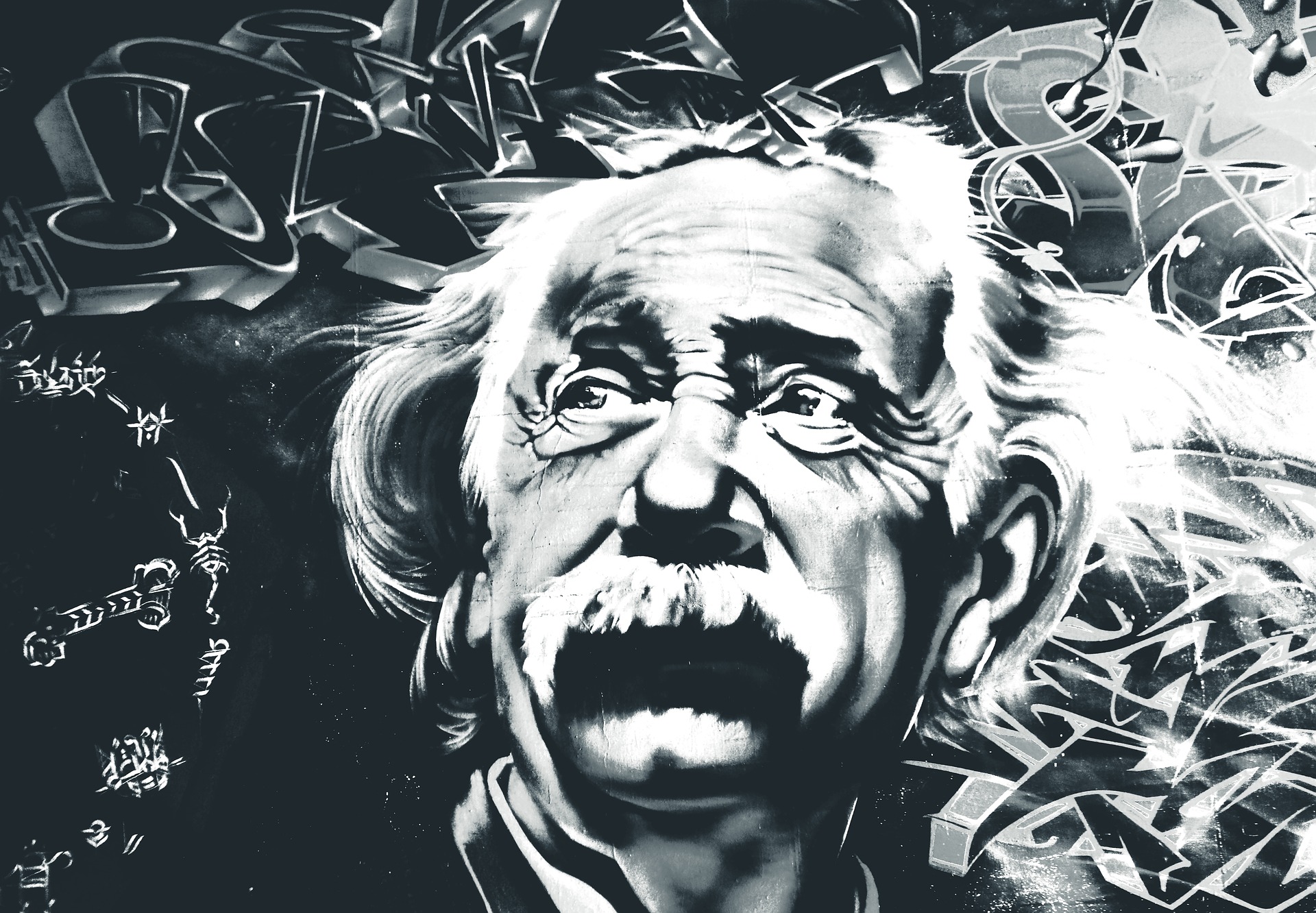

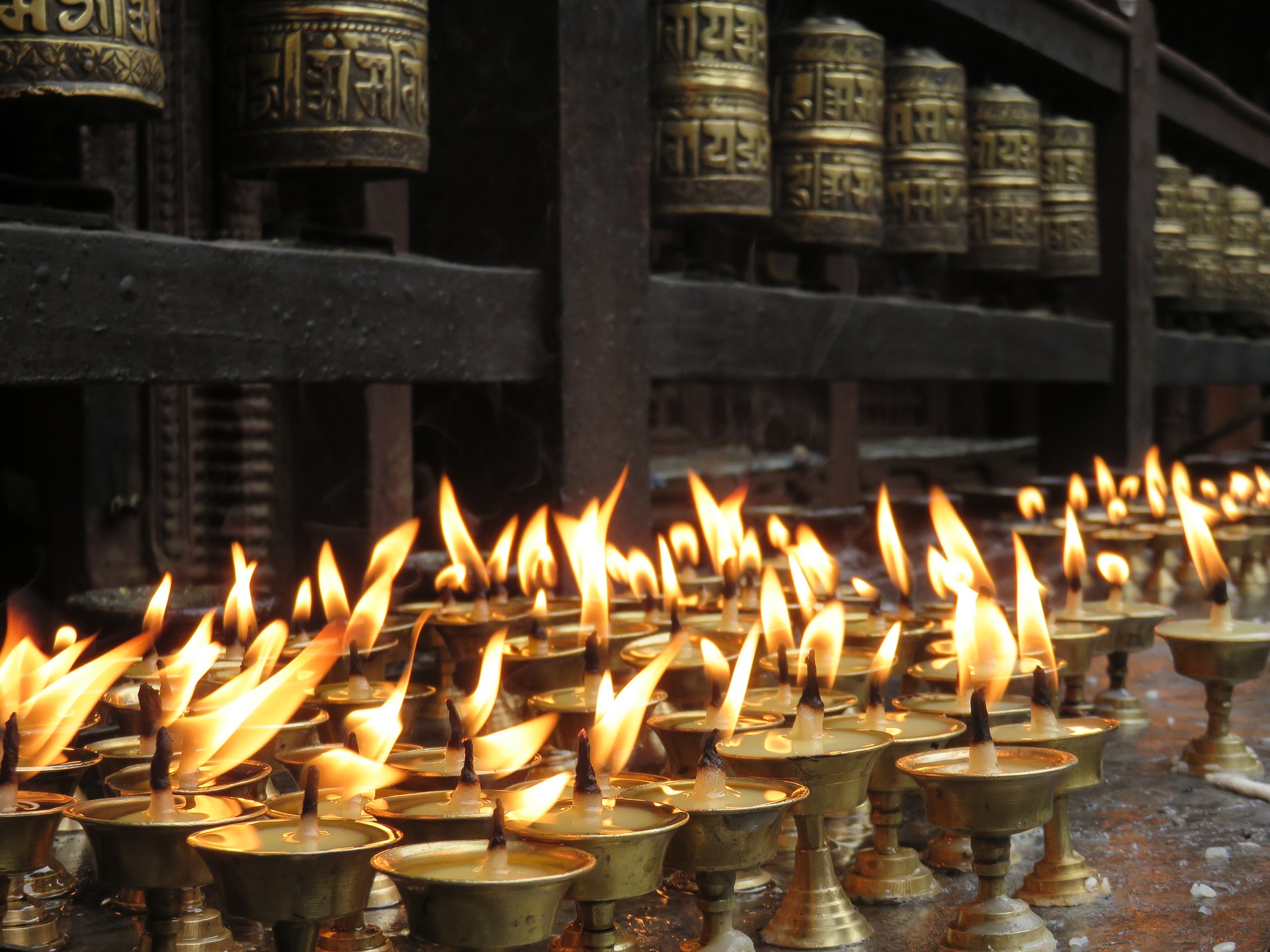



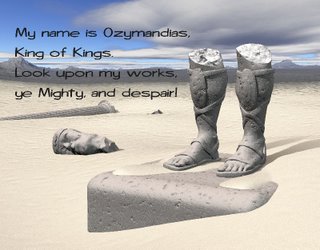

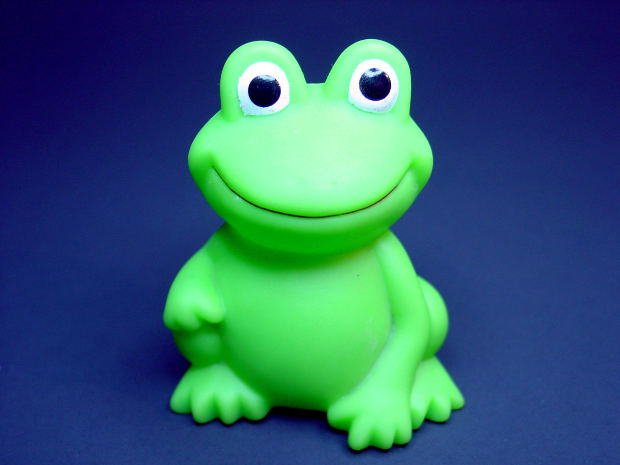
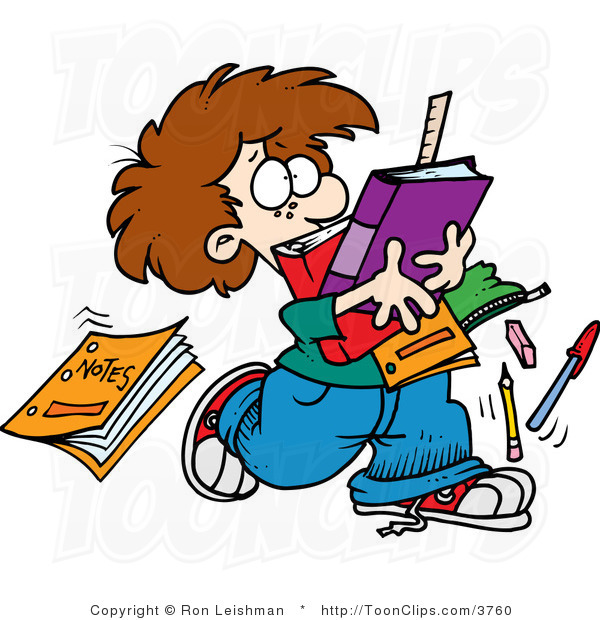







The BEST summary ever had of the poem MIRROR………..
I don think that it is best….. sorry i am not satisfied.
illuminating summary of the poem MIRROR. but couldn’t explain …why the mirror sees the back of the woman , what does it signify
Wonderful!! Keep up the good work..
It was one heck of a summary . Gonna help me alot for my exam . Keep up the good work ??
agree with others…………awesome explanation u should replace my english teacher
very impressing , you helped me alot with my exams thx…..
Seriously vry nyc summary of the poem.Keep it up and thnx a lot for such a nyc summary
It’s a detailed summary and it really helped a lot.
It is the best explanation I can ever get . I do have a guide but actually this explanation is better than the guide’s explanation. I just loved this explanation and it would help me in my UT tomorrow for sure .
I Would Say that this is the best and easiest summary I have ever read till now. Really appreciate it and this would help in surely in my upcoming exams. Also, this is not just a summary, it is a line-by-line explanation of the poem, EXACTLY WHAT I WANTED.
HATS OFF
Really very good
Just perfection!!!! ABHISHEK keep the good work up
Thanks Dakah for the appreciation! Do check our out app! Will be launching soon this week!
Sure pleasure of mine……
It was very helpful to me… Thanks ?
Wonderful analysis……Hats off….
Well explained! Thanks
I’m not able to go to the next page for the explanation of the second stanza.